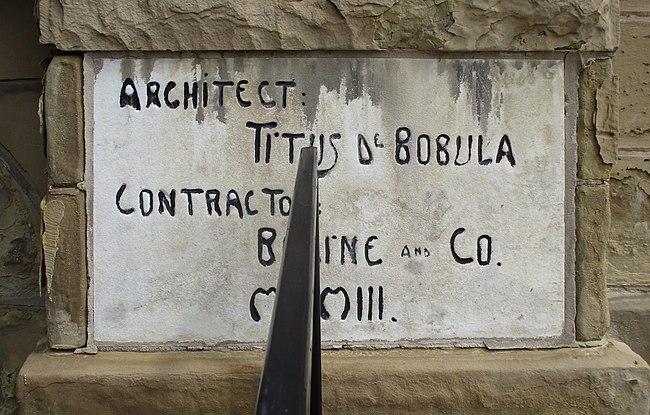
And then there’s Titus de Bobula.
There are few real outliers among the architects who worked in Pittsburgh before the First World War; we had brilliant architects, but we can sort most of them into groups by the styles they worked in. Titus de Bobula’s work, however, is unique here. He brought us a breath of Budapest Art Nouveau, and for a few years he was the favorite architect for East European churches of all sorts.
And then he was gone—back to Hungary, where his regular job seems to have been trying and failing to overthrow the government. Later he ended up back in the United States, but he never again had a great architectural career. Perhaps that was because he worked with Nikola Tesla, designing the structural parts of Tesla’s never-built (and possibly delusional) superweapons. It might have been a good job at the time, but no permanent structures ever came of it.
So we should try as hard as we can to preserve what remains of de Bobula’s work. Fortunately this church, built in 1903, still belongs to its original congregation and is still active.
The shape of the building is similar to the shape of your average Pittsburgh Gothic church, but the details are straight from fin-de-siècle Budapest—right down to Titus de Bobula’s trademark Art Nouveau lettering in the inscriptions.


The wildly irregular stonework around the uniquely shaped windows may remind you a bit of Gaudi.

“Welcome” in stained glass over the main entrance.

Titus de Bobula made a habit of signing his buildings. The rail of a later wheelchair ramp obstructs part of this inscription (the contractor was Bodine and Co.), but we can see enough to appreciate the Art Nouveau lettering.


Leave a Reply